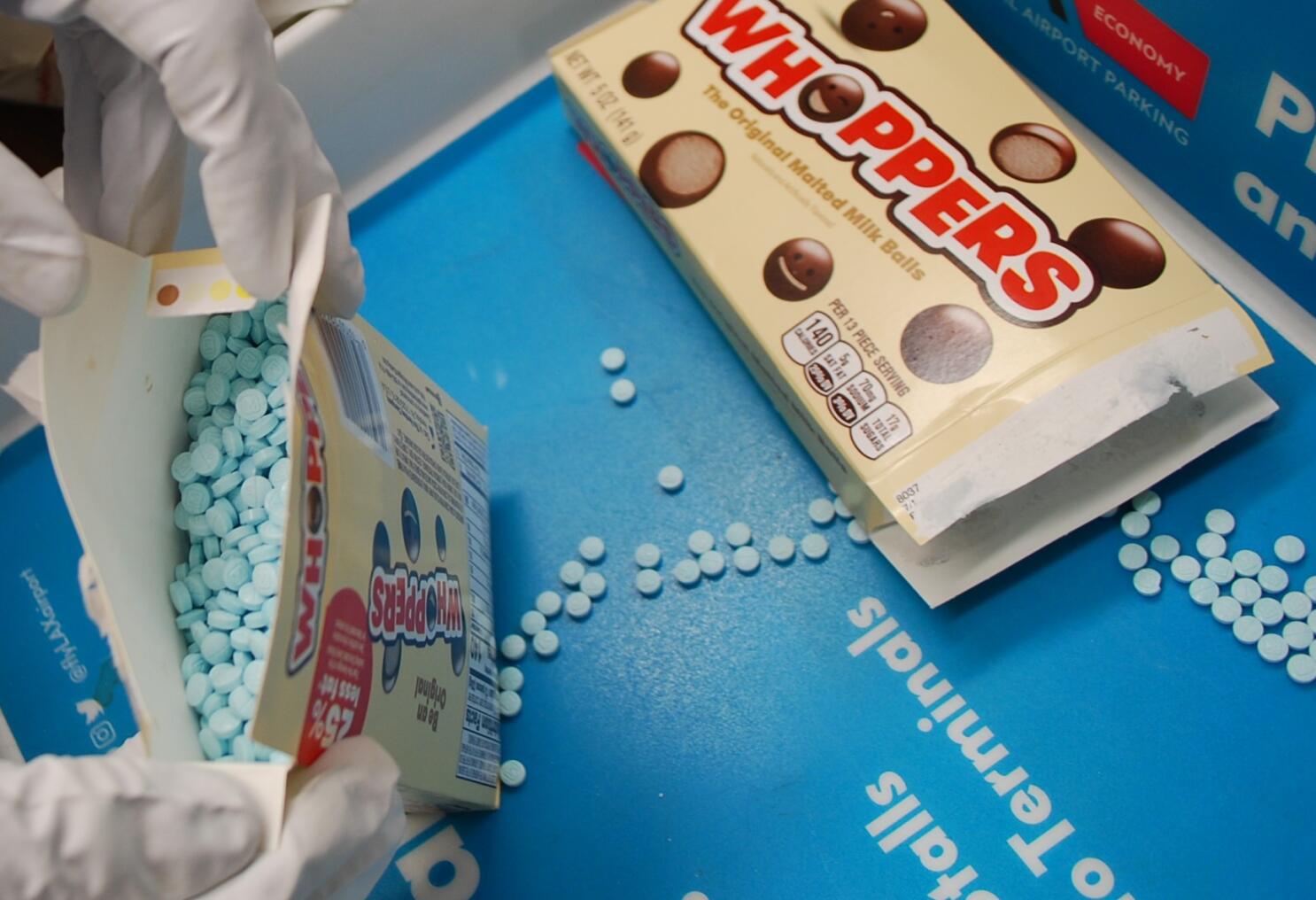
An average of 22 adolescents 14 to 18 years of age died in the U.S. each week in 2022 from drug overdoses, raising the death rate for this group to 5.2 per 100,000– driven by fentanyl in counterfeit pills, new research finds.
Adolescent overdoses had more than doubled among this group between 2019 and 2020, and have since intensified to such an extent that the death count equals a high school classroom each week, and is now the third largest cause of pediatric deaths behind firearm-related injuries and motor vehicle collisions.
The increase is, however, not due to more illicit drug use – which has in fact fallen over the years; for example, excluding cannabis, the rate of any illicit drug use among just 12th graders had fallen from about 21% to 8% in the 20 years since 2002. Instead, the increase is the result of drugs becoming deadlier due to fentanyl, which is increasingly found in counterfeit oxycodone, benzodiazepines and other prescription pills that fall into the hands of adolescents.
But educators, physicians, and mental health practitioners can be instrumental in helping to stem this tide through pointed questions and guidance about drug use and the dangers that counterfeit pills present, the researchers write in a paper published in the New England Journal of Medicine. In addition, policymakers can focus on “hotspot” counties, most in western states, with particularly high overdose deaths.
“Teenagers are likely to be unaware of just how high-risk experimenting with pills has become, given the recent rise in counterfeit tablets” said study co-author Joseph Friedman, a researcher at UCLA. “It’s often impossible to tell the difference with the naked eye between a real prescription medication obtained from a doctor and a counterfeit version with a potentially deadly dose of fentanyl. It’s urgent that teenagers be given accurate information about the real risks, and strategies to keep themselves and their friends safe.”
The researchers found that adolescent overdoses were occurring at double the national average in Arizona, Colorado and Washington State between 2020 and 2022. They identified 19 hotspot counties – that is, those with at least 20 overdose deaths and death rates higher than the national average, with Maricopa County in Arizona and Los Angeles County having the most fatal overdoses at 117 and 111, respectively, during this period.
The other 17 counties are Orange County, California (61 deaths), Cook County, Illinois (56), San Bernardino County, California (54), King County, Washington (52), Riverside County, California (41), San Diego County, California (36), Tarrant County, Texas (35), Clark County, Nevada (31), Kern County, California (30), Pima County, Arizona (29), Adams County, Colorado (25), Denver County, Colorado (24), Jackson County, Missouri (24), Santa Clara County, California (24), Bernalillo County, New Mexico (23), Davidson County, Tennessee (21), and Marion County, Indiana (21).
In addition, American Indian and Alaska Native adolescents had 1.82 times the overdose rates of whites between 2020 and 2022. And adolescents are overall likelier to use the pill form of the drug rather than powder, which was previously the main fentanyl source. For instance, while 0.3% of high school seniors in 2022 reported using heroin, which comes in powder form, 5% reported nonmedical use of prescription pills the same year.
The researchers provide the following recommendations to combat these trends:
- Pediatricians, other primary care physicians, and mental health practitioners should ask their adolescent patients if they or their peers were approached either in person or via social media about buying pills, or if they have used them without prescriptions
- Educators, along with parents, can discuss with adolescents the dangers associated with counterfeit pills; these efforts should be especially prioritized in hotspot locations
- Clinicians, educators and parents can highlight the Safety First curriculum that emphasizes abstinence from drugs and provides information about risk reduction for those who do experiment with drugs, such as where to find and how to use the overdose-reversal agent naloxone
- Finally, naloxone should be available in schools, which should also adopt “no-questions-asked” pill-disposal programs as well as provide anonymous mechanisms such messaging services that students can use to ask about counterfeit pills and substance use without risk of punishment or embarrassment.
“Fentanyl has rapidly become a leading cause of death in American teens,” said Dr. Scott Hadland, chief of adolescent medicine at Mass General for Children and senior author on the paper. “Policymakers, clinicians, families and communities need to partner together to address this worsening public health threat.”


Leave a Reply